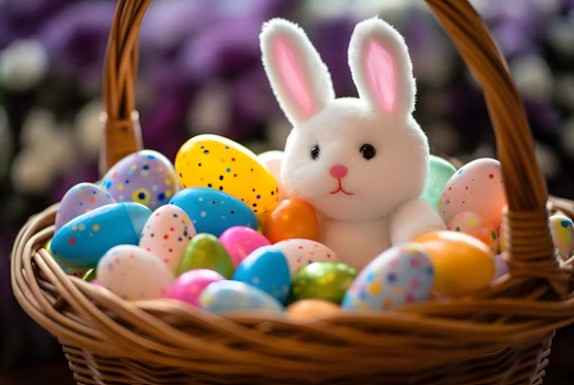
In a country like Cyprus, long a crossroads of cultures, thousands of people from all corners of the globe have built new lives here. As we approach Easter, the most emotionally charged moment in the Orthodox calendar, we wondered: do those who left their homelands still keep their traditions alive? Or have they, over time, let them fade in the face of a new daily reality?
We spoke to people from Romania, Bulgaria, Sweden, Albania, Russia, and the United States who have lived on the island for years, and asked them whether, and how, they continue to honor their Easter traditions. Their answers reveal a cultural map rich with memories, nostalgia, and new customs born at the intersection of cultures.
Romania – Mihaela Stylianou
Mihaela Stylianou, originally from Romania, remembers Easter as a celebration filled with color, reverence, and traditional flavors. In her homeland, Easter eggs aren’t just dyed, they’re small works of art. The so-called încondeiate ouă are decorated with floral and leaf motifs and are traditionally dyed red, mostly using natural dyes. Mihaela decorates her home with fresh flowers, while the Easter table fills with scents and flavors: drob de miel (a lamb offal loaf), ciorbă de miel (traditional lamb soup), and of course, cozonac, a fragrant sweet bread with walnuts and raisins, often accompanied by a glass of homemade țuică or palincă.
Faith holds a special place in the hearts of Romanians, regardless of age. The church services of Holy Week are significant events for believers, who attend with deep reverence. In Cyprus, there are several churches that offer Romanian services, allowing the island’s sizable Romanian community to continue their customs, even far from home. In this deeply spiritual atmosphere, voices unite in hymns and chants, creating a sense of unity and communal faith.
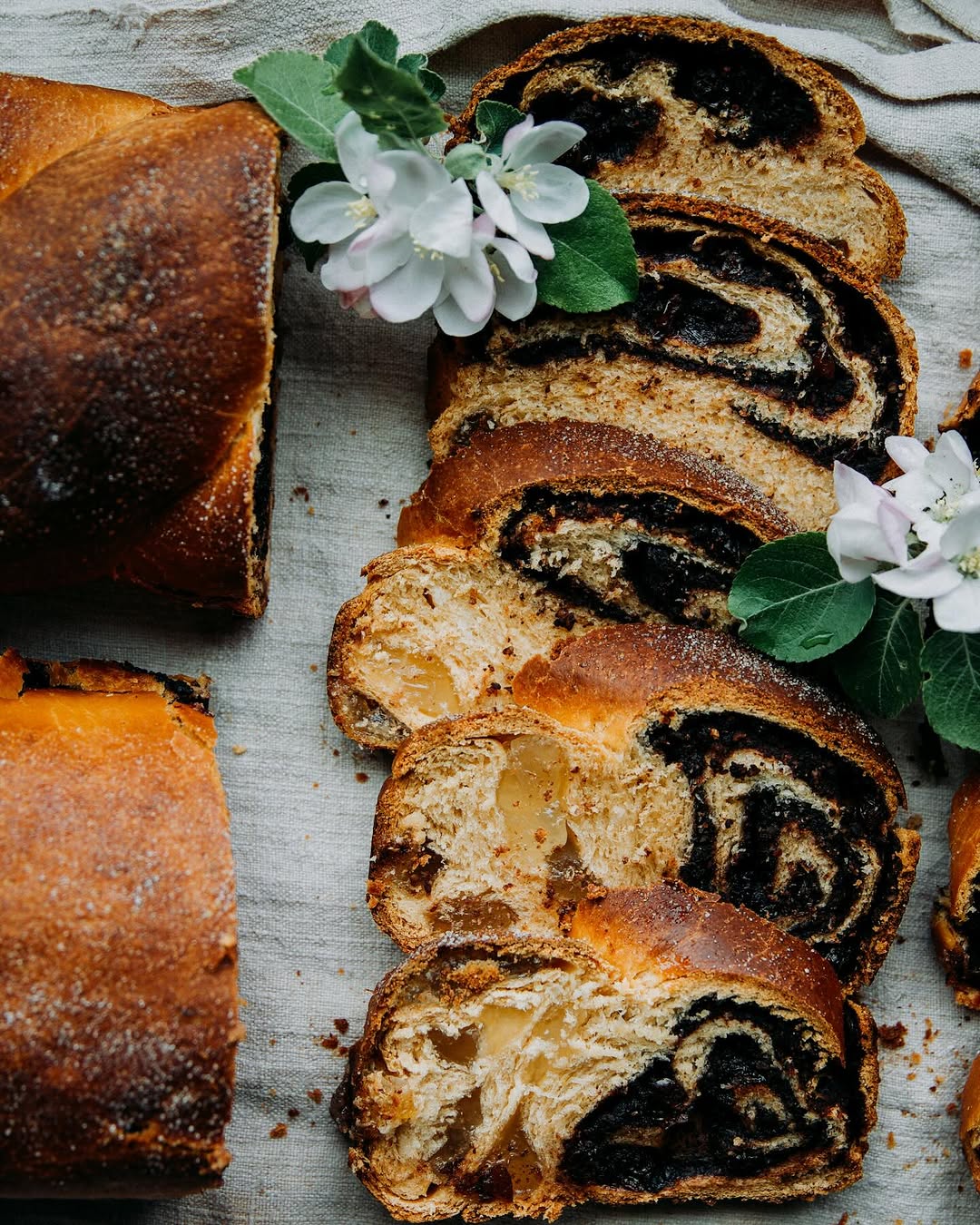
Sweden – Lillemor Savva
Lillemor Savva introduces us to a very different kind of Easter, bright and playful. In Sweden, Easter resembles a treasure hunt! On Easter Sunday morning, children search for the “big egg” filled with treats. Homes are decorated with påskris; birch branches placed in vases and adorned with colorful feathers. This tradition marks the end of winter and the rebirth of nature. One of the most beautiful aspects of påskris is the spirit of togetherness: families gather to decorate their Easter trees, a joyful activity that delights both young and old.
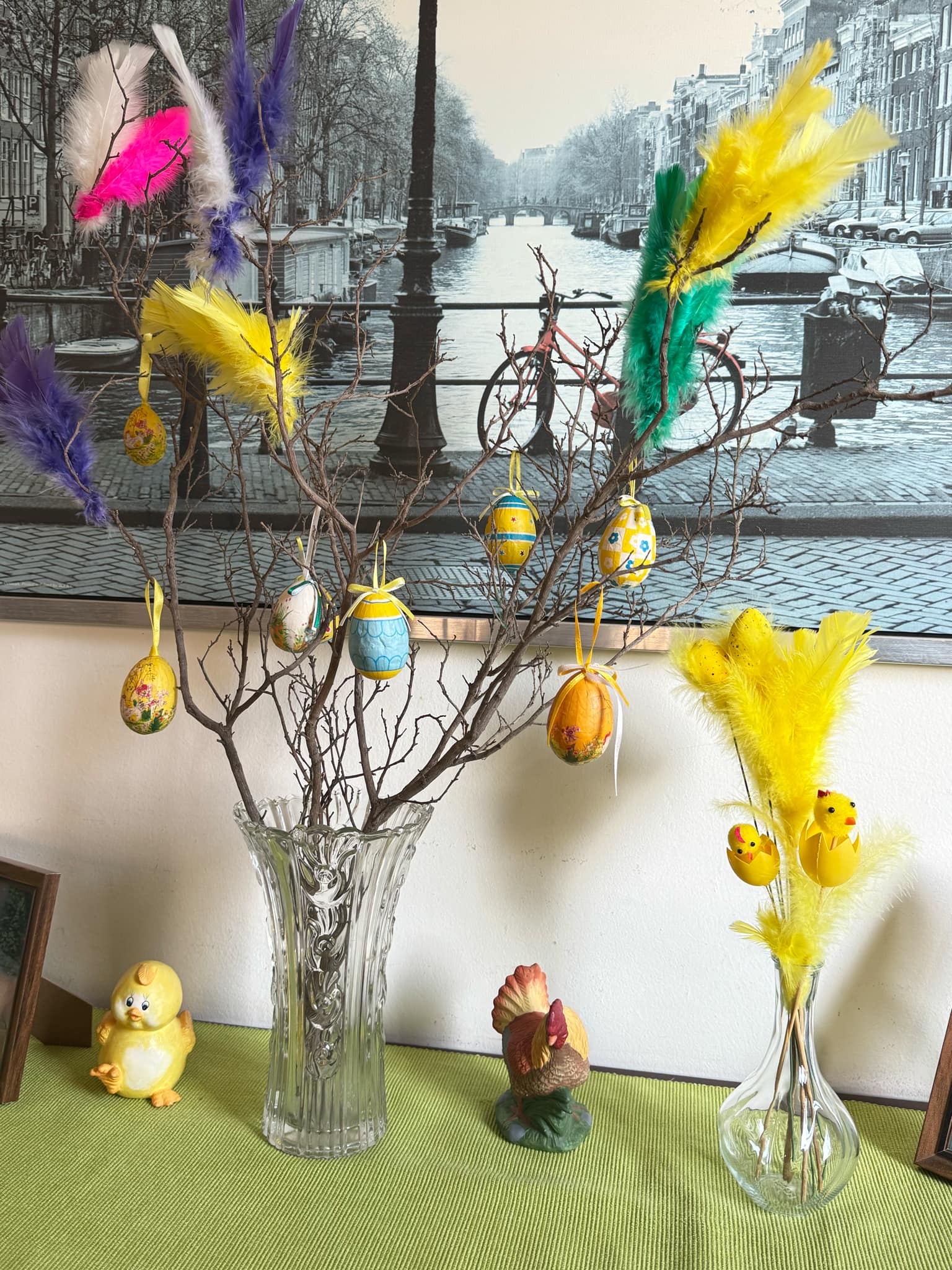
Russia – Irina Ivan
Irina, originally from Russia, describes Easter as the most profound spiritual experience of the year. On Holy Saturday night, churches are lit up and worshippers exchange the Resurrection greeting: “Christ is Risen! – Truly He is Risen!” Eggs are dyed red and offered as blessings. The Easter table features Kulich, a sweet bread with raisins and icing, and Paskha, a dessert made from cottage cheese. One unique Russian custom that Irina continues to observe with her family is Radonitsa, a visit to cemeteries on the second Tuesday after Easter to honor the souls of loved ones who have passed.
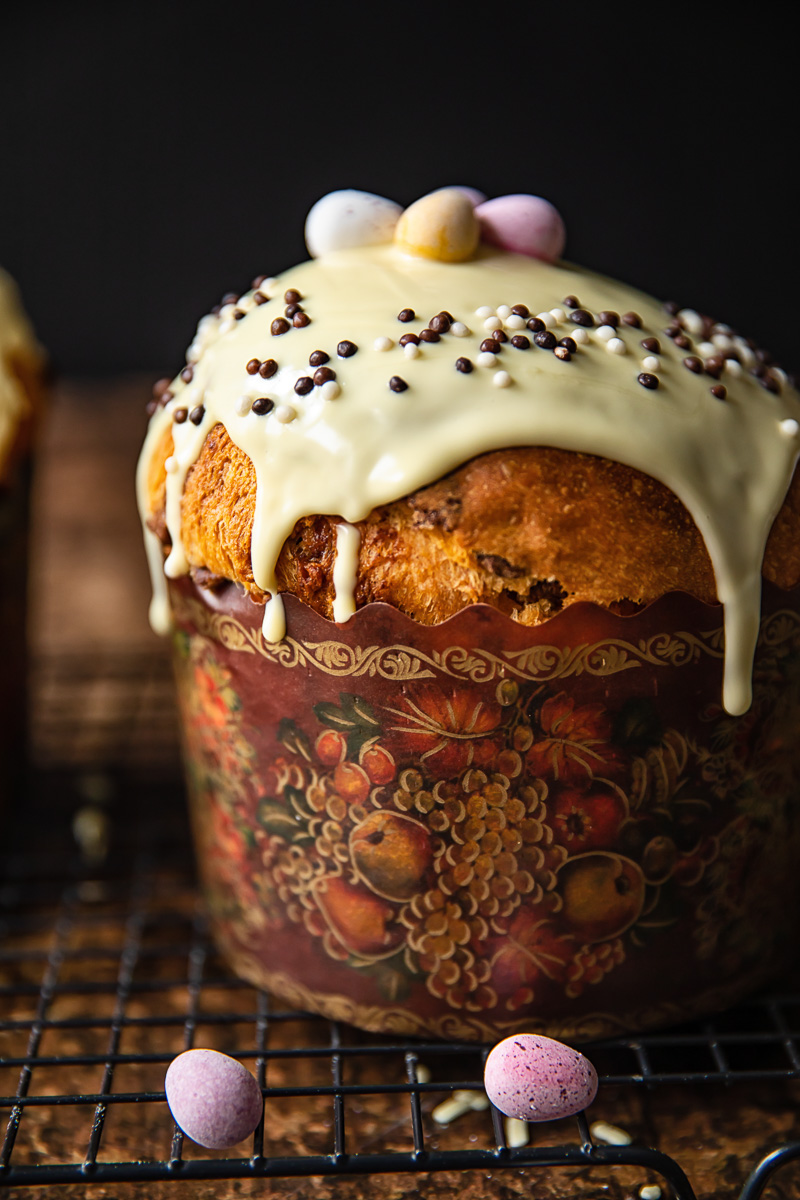
Albania – Lindita Cerkesi
Lindita Cerkesi from Albania may live in Cyprus, but each Easter she returns, either in body or mind, to her village. The red eggs, egg-cracking game, and the greeting “Krishti u Ngjall!” are traditions common to both Cyprus and Albania. Above all, Easter is a celebration of family reunion. Spit-roasted lamb, byrek (savory pie with cheese or meat), revani (semolina cake), and baklava fill a table steeped in tradition and love. For her, it’s not just about the food, it’s about gathering once more with your people, those who share the same memories.
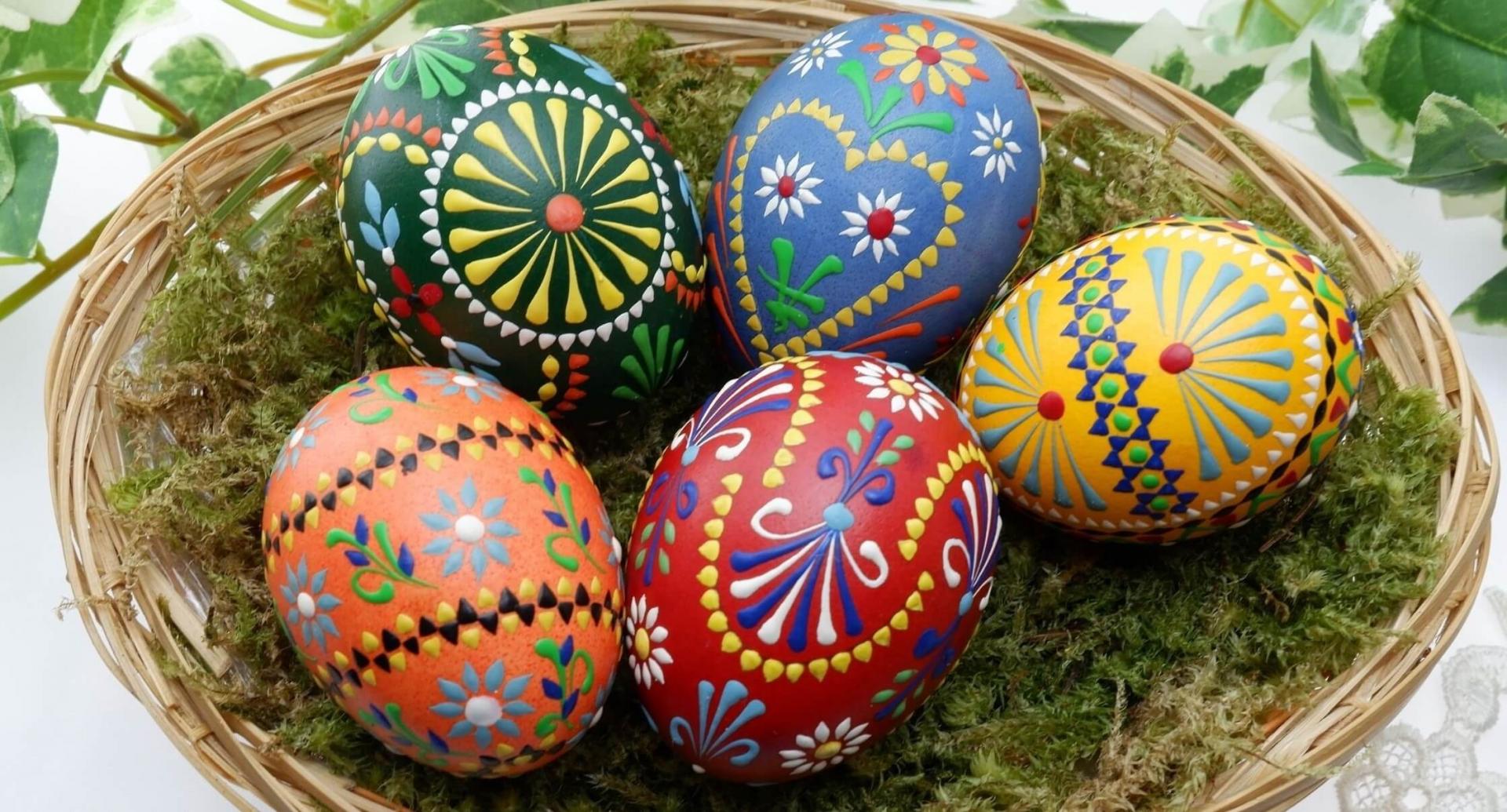
courtesy of Ecotour Albania
Bulgaria – Valentina Dimitrova
Valentina Dimitrova from Bulgaria shares a picture of Easter filled with faith and delicious food. Worshippers gather at church with red-dyed eggs and exchange greetings with the traditional egg-cracking ritual. On Easter Sunday morning, they bring baskets filled with eggs, bread, and food to the church, where the priest blesses them after the service. This blessed food is considered sacred and is eaten with reverence. The Easter menu features kozunak with walnuts and raisins, roast lamb, and stuffed potatoes, flavors that fill homes with the scent of childhood.
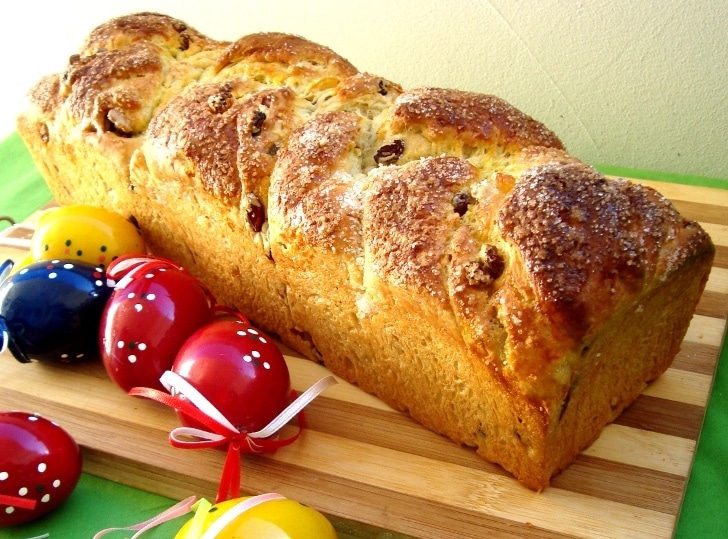
United States – Shemaine Kyriakides
Shemaine Kyriakides, a Catholic American who has lived in Cyprus for many years, lovingly preserves the Easter traditions of her homeland, adding a burst of color and joy to the holiday. For her, Easter is a family-oriented, festive season full of creativity and childhood memories. Eggs are dyed in a rainbow of colors, not just red, and the traditional Easter egg hunt in the garden is one of the most beloved activities for children and adults alike. The Easter Bunny is the mascot of the season, and girls typically wear new “Easter dresses” for the occasion. Although the celebration is less religious than in Orthodox traditions, Shemaine still honors the day’s spiritual meaning by attending Catholic Mass, keeping the deeper essence of the Resurrection alive.
